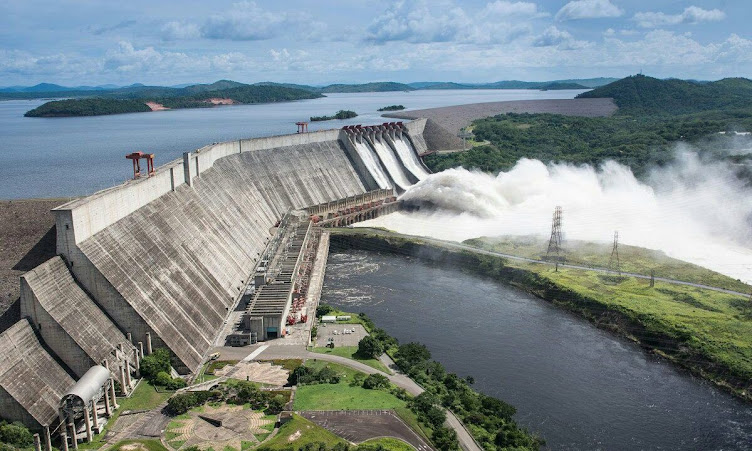OIL:
Period
1940-1970
In 1970, together with international oil
companies, Venezuela reached a historic peak of 3.7 million barrels per day,
resulting from a sustained growth trend since 1940. This boom significantly
contributed to improving living standards and positioning the country in terms
of human rights.
Period
1970-1989
A policy change during the government of
President Rafael Caldera in 1970 marked the end of the growth trend of
production, leading to a decline until 1989:
Oil production in the country decreased from
3.7 million barrels per day in 1970 to less than 2 million barrels per day by
1984.
Production levels in the 1980s were lower than
those observed during the 1950s.
During the 1970-1989 period, oil production
fell while Venezuela’s population increased, causing a decrease in per capita
benefits derived from oil rents.
Period
1989-1998
Sustained growth implemented by the government
of President Carlos Andrés Pérez from 1989 until 1998.
Thanks to the Development Programme designed
and implemented in 1989 by Dr. Miguel Rodríguez, then Minister of Planning,
together with Andrés Sosa Pietri, president of Petróleos de Venezuela, it was
possible to achieve the only sustained growth trend in oil production recorded
by the Venezuelan state in its petroleum history. See graph for the 1989-1998
period.
Data Source: OPEC Annual Statistical Bulletin
Period
1999-2023
DECLINE
IN PRODUCTION AND COLLAPSE OF THE OIL INDUSTRY
STEEL:
The Orinoco Steel Complex (SIDOR), founded in
1963, reached an annual production of 1,250,000 tons in 1971. Between 1975 and
1979, Plan IV expanded capacity to 4,800,000 tons. In 1996, SIDOR recorded its
highest historical production of 3,100,000 tons, and after privatization, it
reached 4,300,000 tons in 2007. Production later collapsed following
re-nationalization.
ALUMINIUM:
In 2005, CVG Bauxilum set a historic production
record of 1,950,000 tons of alumina.
CVG Venalum maintained its installed capacity of 430,000 tons per year and internationally recognized efficiency until 2008, when power supply was suspended. Sales revenue between 1998 and 2008 reached 8 billion dollars.
Venezuelan
Aluminum Industry, CVG Venalum, still during times of operational, technical,
and managerial excellence. Source: La Noticia, CVG Venalum, Year 2, No. 04,
January-February 2003
Consulted
Sources:
Historical
Evolution of Oil Production in Venezuela
https://juanguzman88.blogspot.com/2025/02/historical-evolution-of-oil-production.html
The
Collapse of Sidor, the Techint Steel Plant Nationalized in Venezuela
Technological Evolution within the Training and Development Process at CVG Venalum
https://juanguzman88.blogspot.com/2023/10/technological-evolution-within-training.html
Japanese
Banks Willing to Finance CVG Projects
https://www.voltairenet.org/article122748.html









No comments:
Post a Comment